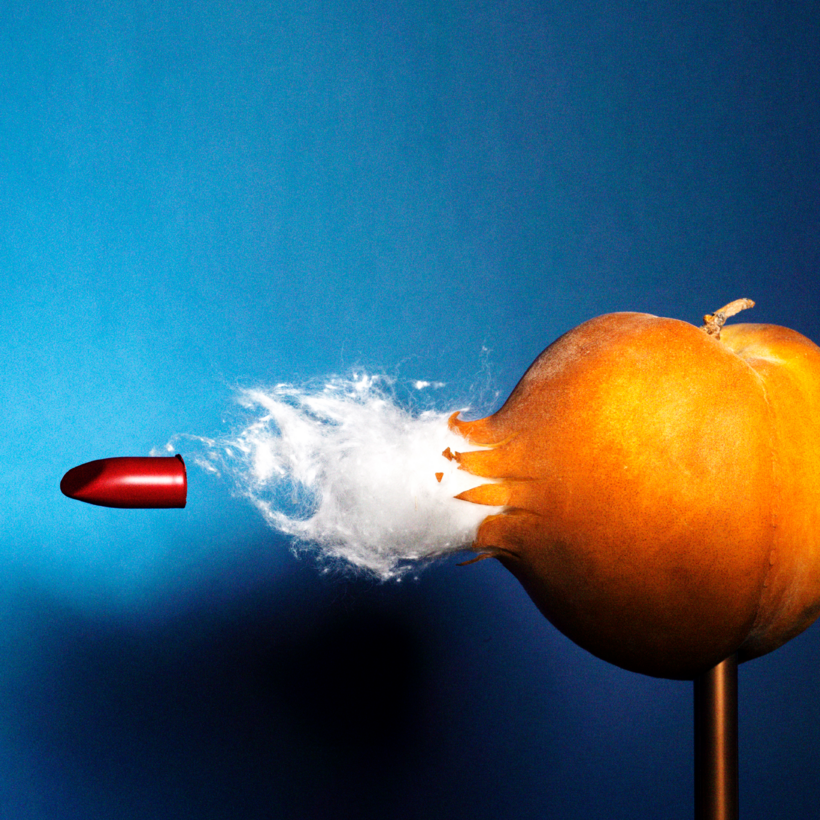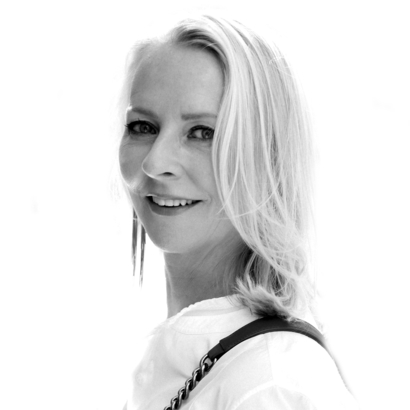In the past four months, I’ve had Botox, filler injections, Fraxel laser, professional eyebrow plucking and dyeing, and a facial employing infrared light with a combination of radio-frequency waves by a charming man who calls his technique the “Beauty Sandwich.” I’ve gotten a haircut, color, and a handful of blowouts. And let’s not forget the manicures and pedicures, although they’re forgettable, so entry-level they barely deserve notice.
The aim of all this is to be able to roll out of bed without doing much more than running a mascara wand through my lashes and a brush through my hair. (Who am I kidding? I don’t brush.)
This is what passes for a low-maintenance beauty routine. I know this for a fact because I look at TikTok, Instagram, and YouTube; I’m not living under a rock. There is so much more I could and probably should be doing. My nails are devoid of acrylic tips; I can’t use them to tighten a screw or pick a lock. I’m not zapping my face daily with a $2,695 at-home laser with one hand while I’m milling my own flour with the other.
I have a dry brush, but I’ll be damned if its spiky bristles ever touch my tender flesh. My cold plunge comes from a few miserable seconds at the end of a shower. In other words, my name is not Gwyneth. My muscles are un-kneaded; my lashes, unextended, unattended. My hair un-Dyson’d. I feel like a slacker.
Being a beauty consumer today means constantly raising the stakes. There is no mountaintop. Just when a 10-step skin-care routine sounds almost plausible, along comes a neck serum, a brow re-growth gel, and a foot mask to complicate matters. To make it a journey. Why wait until nighttime? You might as well start getting ready for bed at noon just so you can fit in every step, every serum, every crucial essence.
Have we lost the plot? Most definitely. Beauty treatments used to be what you did to get out the door and into the world. Now they are the world.
Some clever person came up with a cute name, “tweakments,” for the dermatological portion of this class of care. It refers to the minor, non-surgical things you could get from a doctor that require only topical anesthesia and minimal recovery time. The aim is to create a natural look, which in itself is a riddle given that “natural” isn’t a look and probably shouldn’t come with a $15,000 bill. But this is what passes for maintenance now.
These procedures aren’t really meant to be procedures at all. But tell that to your face after it’s been blasted with a Fraxel laser.
Beauty treatments used to be what you did to get out the door and into the world. Now they are the world.
Mine was the color of a boiled lobster and radiated enough heat to sear a steak: surf and turf. My friend Jane and I received our treatments in side-by-side rooms and then headed to her house to recuperate. That afternoon, she decided it would probably be fine if we invited friends over for dinner. “We don’t look that bad,” she said. Halfway through the bouillabaisse, I glanced at Jane’s face and then imagined my own. We did look that bad, perhaps even worse.
Ten days later, though, I’d forgotten every moment of swelling and peeling. My skin was smooth and even. I could get by with the lightest coat of tinted moisture. I was Ms. Low Maintenance herself. What a fun tweakment!
A journalist in the U.K., Alice Hart-Davis, author of The Tweakments Guide, recently asked an F.B.I.-trained forensic artist to create an image of her face as it would look today without the estimated $120,000 she has spent over the past 25 years on injections, laser, Botox, and more. It’s a convincing argument in favor of the whole shebang. In the “after” photograph, published in The Telegraph, Hart-Davis, who’s 59, looks fresh and, yes, natural.
But there are many exceptions to this outcome, and Dr. Amy Wechsler, a board-certified dermatologist and psychiatrist in New York City, has witnessed plenty. Lately, young patients have been seeking wacky things they’ve seen on TikTok. “Someone just came in. She was 24 and wanted lip injections,” says Wechsler. “She didn’t need them, and I told her that. So she went to someone else to get them.”
She’s counseled patients who fret about how to handle friends’ overindulgence. “I’ve had patients come to me and say, ‘My friend, she looks so unnatural. Her lips are crazy big, and her cheeks are like a shelf. I don’t know what to do or what to say, and I think she likes it.’” Did this patient happen to mention having dinner with two red-faced people named Jane and Linda?
This preoccupation might be a sign of body-dysmorphic disorder, which includes perceived flaws on the face. “Some people are focused on the minutiae instead of the whole,” says Wechsler. “Sometimes these people are depressed, sometimes they have low self-esteem or they just feel ugly, and there might be something going on in their life that they think they can solve with cosmetic surgery or a treatment.”
Wechsler understands that certain beauty procedures can also have benefits beyond the superficial. “If it can’t hurt you and you like it, I sometimes ask, Is this lowering someone’s stress level? Taking care of yourself lowers your cortisol levels. Using 13 products a day, it’s probably not good for your skin. But if it’s keeping you from being stressed, then that’s valuable.”
How do we know when we’ve crossed the line? Do we trust our flattering bathroom mirrors, our kindest friends, our unkind square on Zoom, or the blatant cruelty of FaceTime? Is the “before” picture accurate, or is the “after”?
Someone told me that when we reach our 50s, we forever see our face at 37 when we look in the mirror. “In our minds, through our entire adult lives, we feel younger on the inside than we look on the outside,” says Wechsler. “What I try to do in the office is narrow that differential.”
In some ways, dipping into some beauty treatments, even when they’re tweakments, is like playing a game of Would You Rather. Would you rather look old or crazy? Real or fake? Natural or over the top? There are no easy winners in this game, and yet we still keep playing, hoping perhaps we can beat the odds.
Linda Wells is the Editor of Air Mail Look





